Affiliate links on Android Authority may earn us a commission. Learn more.
The HUAWEI controversy timeline: Everything you need to know!
Published onMay 29, 2019
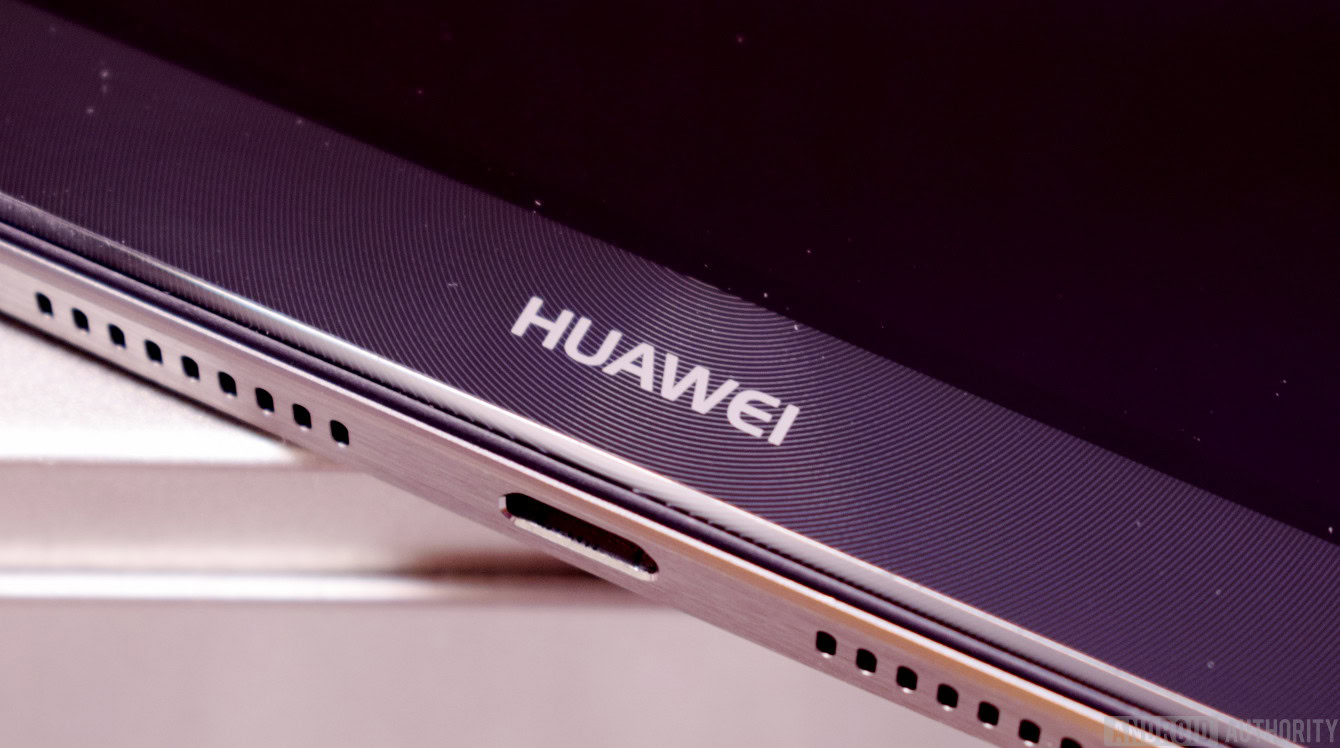
The U.S. government’s decision could cause massive changes in the world economy. However, if there is one misconception a lot of people have, and it’s that this is some new ordeal. HUAWEI, China, the U.S., and other entities have been at the forefront of controversy for the better part of the last 25 to 30 years.
If you want to make the best guesses, you need the most information. Here is almost the entire controversy timeline, dating back as far as we could find.
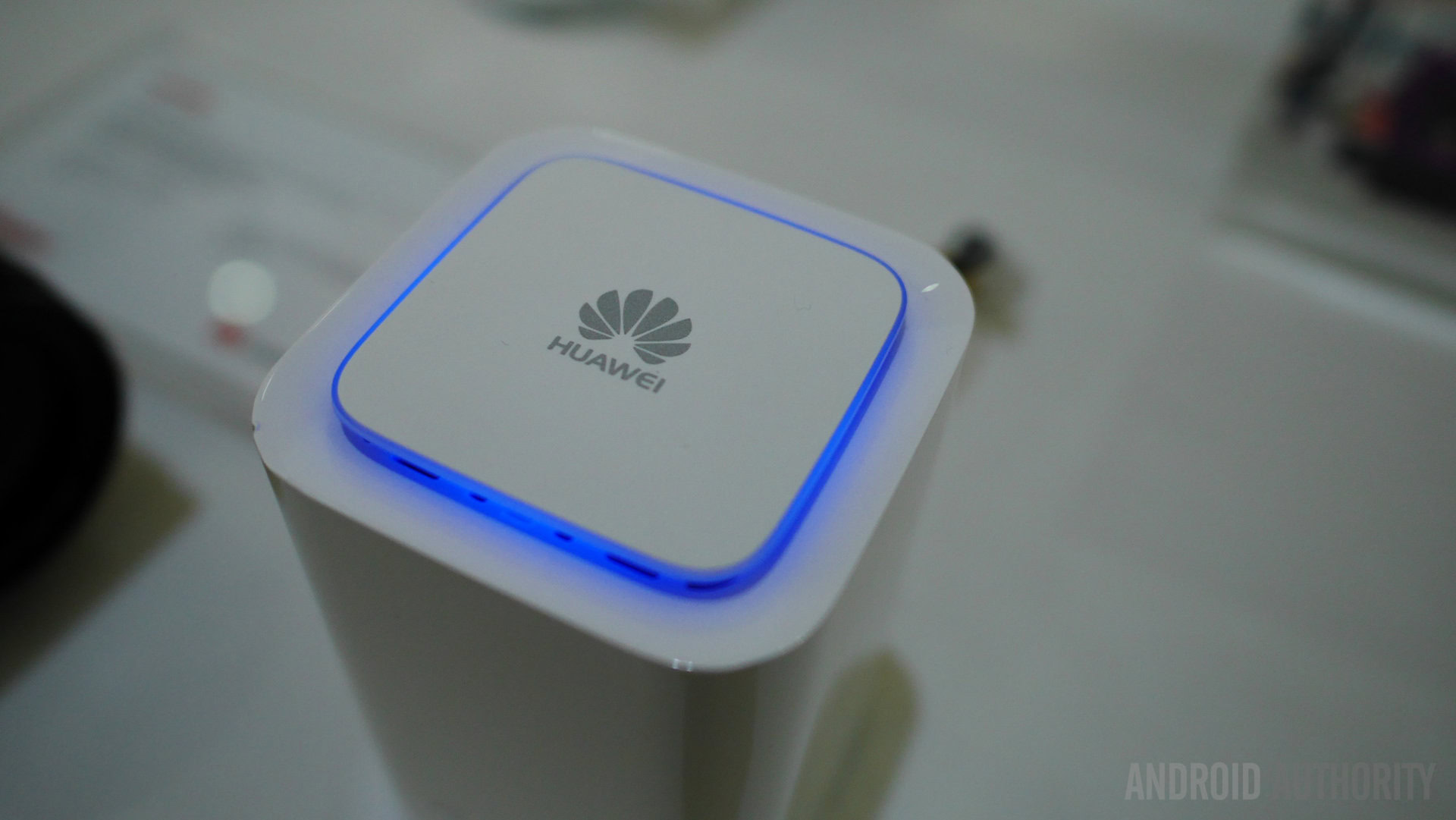
Huawei’s early years (1987-2004)
The early years were a tumultuous time in China, but a rather quiet start for HUAWEI. People’s Liberation Army technologist, Ren Zhengfei, founded the company in 1987. He started HUAWEI after a workforce reduction ended his military career.
The 1990s
The first decade for the future Chinese tech giant was mostly quiet, but not without controversy. The company got its big start by allegedly reverse-engineering international telecommunication technology and re-introducing it in China. Although there’s no solid proof of this, IP theft in China is quite common.
Its first big-ticket contract was with the People’s Liberation Army in the mid-1990s. Later in the decade, China adopted a new directive to support domestic technology companies explicitly over foreign companies. It is not clear if this was specifically to grow HUAWEI, but the company certainly benefited from these policies.
The early 2000s
Things quieted down again until 2001 when HUAWEI was placed on a watchlist by India’s intelligence agencies for allegedly supplying the Taliban with military telecommunications equipment. However, India never brought charges for it, and no evidence ever surfaced to prove it. HUAWEI denied doing any business with the Taliban and swore its practices were in line with the rules of the United Nations.
Most allegations against HUAWEI have little or no proof available to the public.
China would go on to join the World Trade Organization later in 2001. The stipulations for joining were steep for China and included reversing many of its domestic-first policies. This would have huge ramifications in China and its economy. Meanwhile, HUAWEI opened its first office in the U.S and Britain as well.
The only other thing of note from the early years was a lawsuit in 2003 where Cisco accused HUAWEI of stealing source code from its routers. HUAWEI admitted to this, but the case was eventually dropped after Cisco and HUAWEI reached an agreement.
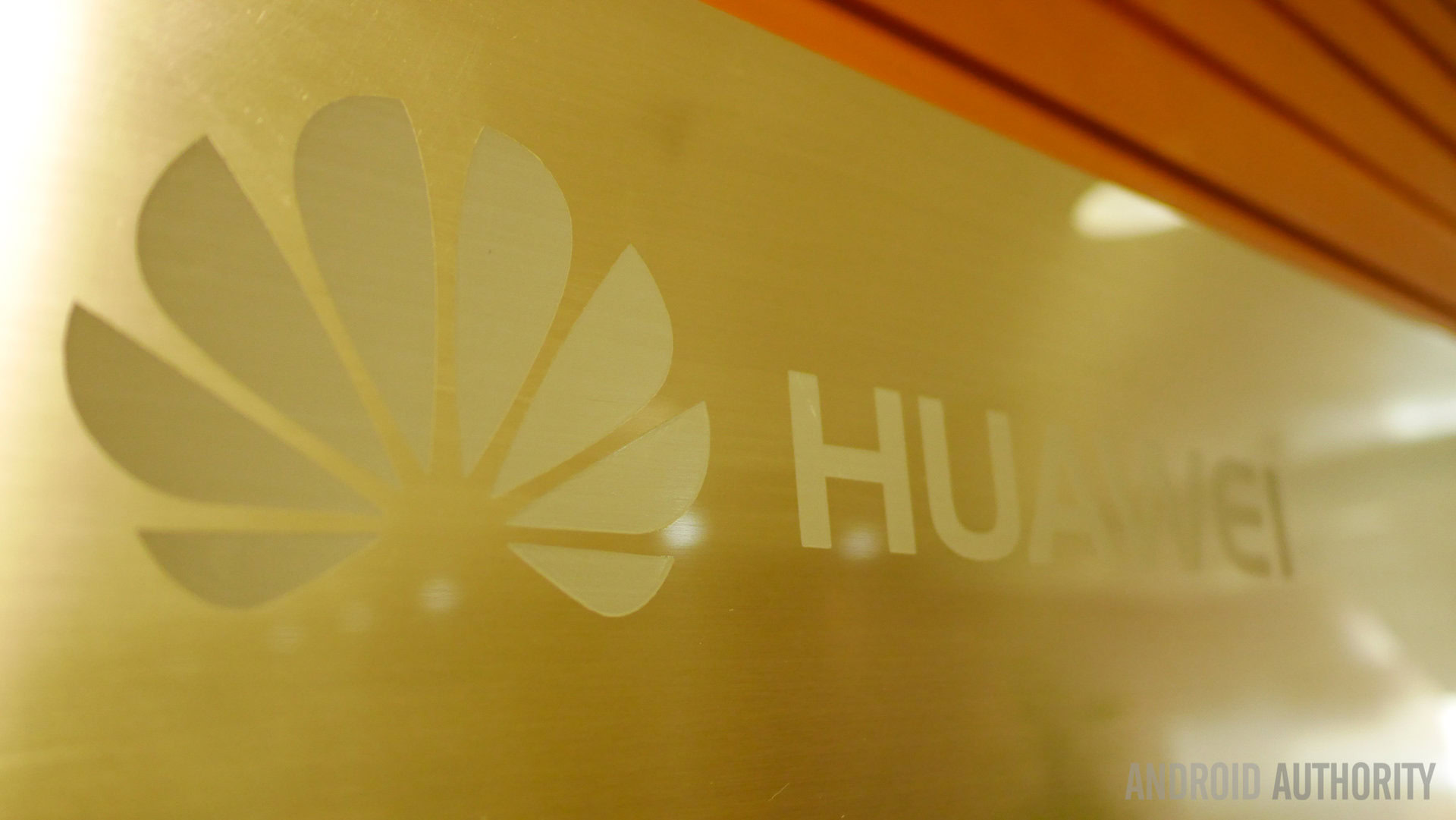
The middle years (2005-2017)
The middle years were significant to HUAWEI. Events during this time period would serve as a precursor for later events.
The late 2000s
Things started to heat up for HUAWEI in 2007. To kick things off, HUAWEI made a bid to buy part of 3COM, a Massachusetts tech company. HUAWEI didn’t view the purchase as problematic, as the two companies previously worked together to make industry routers and switches and it would only control 16.5 percent of 3COM.
Lawmakers asked the Bush Administration to block the purchase, calling HUAWEI one of China’s least transparent companies. The U.S. government eventually blocked the deal in 2008 due to national security concerns. Meanwhile, the FBI starts an investigation into HUAWEI’s founder for potential violations of U.S. trade sanctions in Iran in 2007, the very thing they would charge HUAWEI with in 2019.
A year later in 2009, British authorities warned BT Mobile about vulnerabilities to Chinese attack due to security holes in HUAWEI’s equipment. BT Mobile would eventually begin removing HUAWEI equipment from its network in 2018, with completion due in 2021. Vodafone also found backdoors in HUAWEI’s equipment between 2009 and 2011, but didn’t report anything until 2019. HUAWEI claims to have fixed those vulnerabilities. During this time, the company would launch its first Android device.
2010-2017
Huawei’s relationship with the U.S. had a reasonably lousy year in 2010. Motorola sued the tech giant for corporate espionage in 2010. HUAWEI denied everything and the suit was eventually settled in 2011. The company bid to build Sprint’s mobile network, but was ultimately blocked by the Obama administration for national security concerns. HUAWEI ended the year trying to purchase 3Leaf systems but backed out because it did not file the sale with CFIUS. This prompted an open letter to the U.S. from Huawei.
The company would continue to have bad luck into 2011. Despite its troubles, HUAWEI built a 200,000 square foot research facility in California in April 2011, hoping to expand into the United States. However, the government still blocked Huawei’s bid to build a national wireless network for emergency services that year, due to national security concerns.
National security concerns is a common thread in most of the HUAWEI controversy.
An 11-month investigation by the U.S. ended in 2012 and resulted in an oft-cited report that HUAWEI and ZTE could not be trusted. The report alleged unusual behavior from HUAWEI equipment and accused the company of sending data to China. However, the findings focused on telecom equipment and not ZTE’s or HUAWEI’s mobile phones. There was no proof of this in the public version of the report, but there are rumors it’s in the classified version. This came just months after Australia blocked HUAWEI from its National Broadband Network.
In 2013, Softbank promised not to use HUAWEI equipment on Sprint’s network if it were to be allowed to buy Sprint. In addition, one of the company’s CFO was linked to a Hong Kong company that tried to sell U.S. tech to Iran. Nothing would come of this yet.
The Edward Snowden leaks also included some bits about HUAWEI. The leaks unveiled Operation Shotgiant, a U.S. plan to hack HUAWEI servers and use its equipment to spy on it. The hacks were allegedly successful. The company took the news with humor, and then openly encouraged the U.S. government to make the findings of the hack public. In 2015, Ren Zhengfei took to the airwaves to tell the world that HUAWEI didn’t spy for the Chinese government.
This era was capped off with two more significant events. T-Mobile allegedly used wireless patents without paying for them. HUAWEI demanded no money in the lawsuit against T-Mobile, just that the courts acknowledge the patent licensing was fair. In late 2017, T-Mobile got its revenge when a federal court ruled in its favor in the famed Tappy the robot lawsuit. Later in 2015, The U.S. Commerce Department subpoenaed HUAWEI in respect to exporting goods to Cuba, North Korea, Syria, and the Sudan.
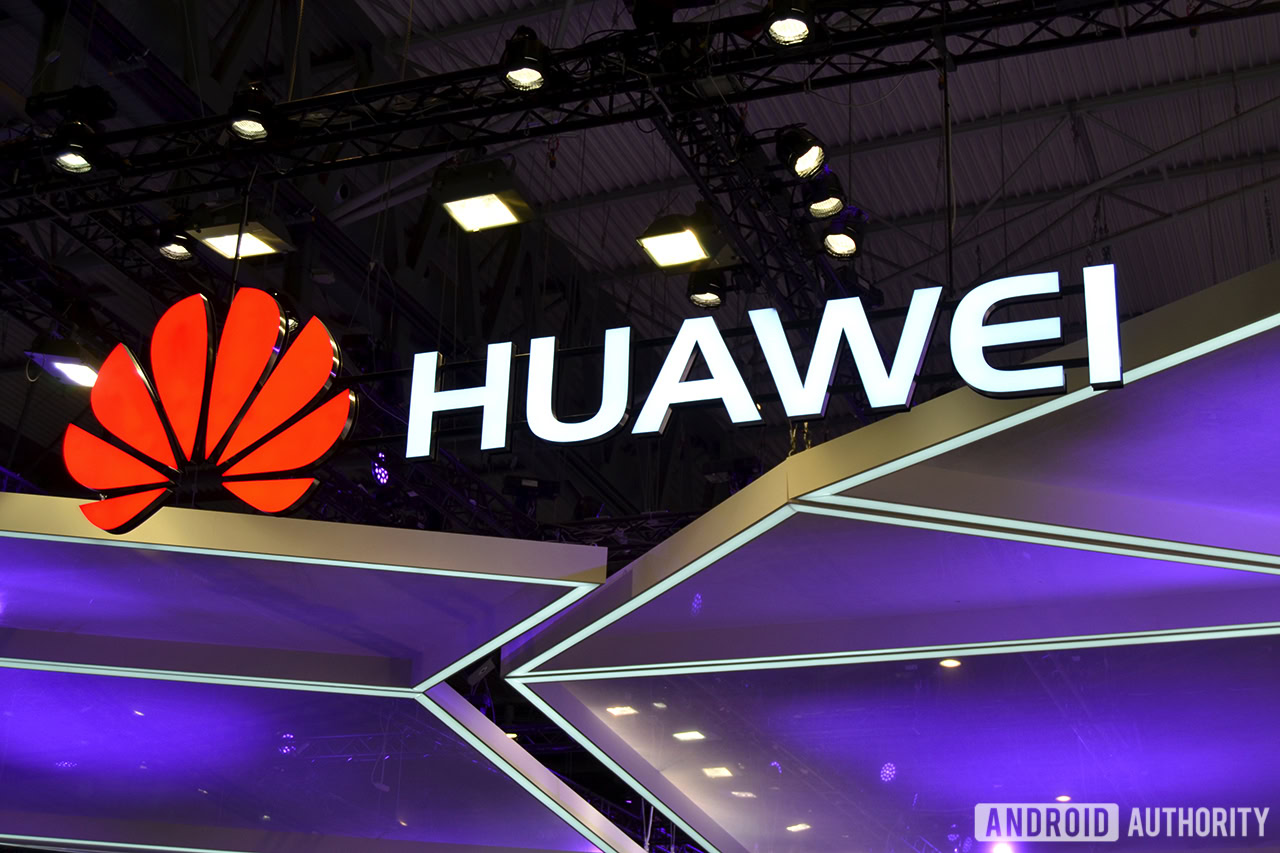
The current years (2018-present)
This is, by far, the most active portion of HUAWEI’s struggles in the United States for several reasons. The U.S. decided to review China’s intellectual property policies toward the end of 2017. Then, in January of 2018, the U.S.-China trade war officially started, and tensions have escalated quickly — Donald Trump has proven far more aggressive when dealing with China than previous U.S. Presidents, for better or worse.
2018
This was a wild year, and not in a good way. Verizon Wireless dropped HUAWEI as a phone supplier in January, not long after AT&T agreed to and then refused to sell the Mate 10. T-Mobile promised no HUAWEI tech was going into its 5G network and offered to help rural carriers replace their existing equipment. A month later, the heads of no less than six U.S. intelligence agencies warned against the use of HUAWEI and ZTE products. A memo leaked from the Trump administration around this time. It says Chinese companies are a threat when it comes to 5G networks.
Australia would double down and ban HUAWEI from supply parts for 5G networks in the country followed closely by New Zealand. Japan created a ban of its own for both HUAWEI and ZTE products.
A former HUAWEI executive released a memoir around this time detailing the company’s missteps in PR and other areas. Meanwhile, the Pentagon bans HUAWEI devices on military bases. Later, the National Defense Authorization Act passed in the U.S. that barred government agencies from buying certain Chinese equipment.
2018 and 2019 were when things really started heating up.
Perhaps the biggest news of 2018 was the arrest of HUAWEI chief financial officer Meng Wanzhou in Vancouver. Canada did so on behalf of the U.S. government with extradition as the primary goal. Meng is under house arrest, and the next court date is set for September 2019. The company also released a statement on May 8th, 2019 demanding a stay of extradition, citing alleged misconduct by the RCMP, CBSA, and FBI during Meng Wanzhou’s arrest. The company made additional announcements about the court case here.
Shortly after her arrest, China arrested two Canadians over national security concerns. The act brought a 90-day truce to the U.S. and China trade war.
2019
Then things got even crazier. The U.S. formally charged HUAWEI with 13 crimes, including bank fraud, dealing with Iran, and IP theft. HUAWEI denied or deflected the allegations, but the U.S. maintains it has proof (none of which is public currently).
Ren Zhengfei took to the airwaves after years of avoiding the public eye to assure the world HUAWEI sided with customers, not governments. Meanwhile, Poland arrested a HUAWEI employee on suspicion of spying and admitted it didn’t know if it’ll use Chinese tech for its 5G network. The EU began talking about banning HUAWEI from all of Europe’s 5G networks as well. Then Denmark expelled two HUAWEI staffers from the country over work permit violations.
Europe eventually decided on stronger regulations rather than banning HUAWEI. China took to the WTO to challenge Australia’s ban on HUAWEI products. Both of these events are ongoing at the time of this writing.
The U.S. turned up the heat again on May 15 when it added HUAWEI to its Entity List. Over the next five days, Google, Intel, Qualcomm, Arm, the SD Association, and others announced they will comply with the U.S. order and stop working with HUAWEI. The Chinese company released several statements, most notably one mentioning a plan B in case the Entity List ban is never lifted. HUAWEI also made an official statement and there is an interview with Ren Zhengfei about the topic here.
The U.S. enacted a 90-day partial lift from the Entity List, giving HUAWEI some breathing time. However, that didn’t stop the U.S. and China from threatening tariff increases on one another and other organizations from refusing to do business with HUAWEI. The long term ramifications of such a move are fairly massive, given HUAWEI’s size and placement in the mobile phone ecosystem.
Read next: The U.S. Entity List ban: Everything you need to know!
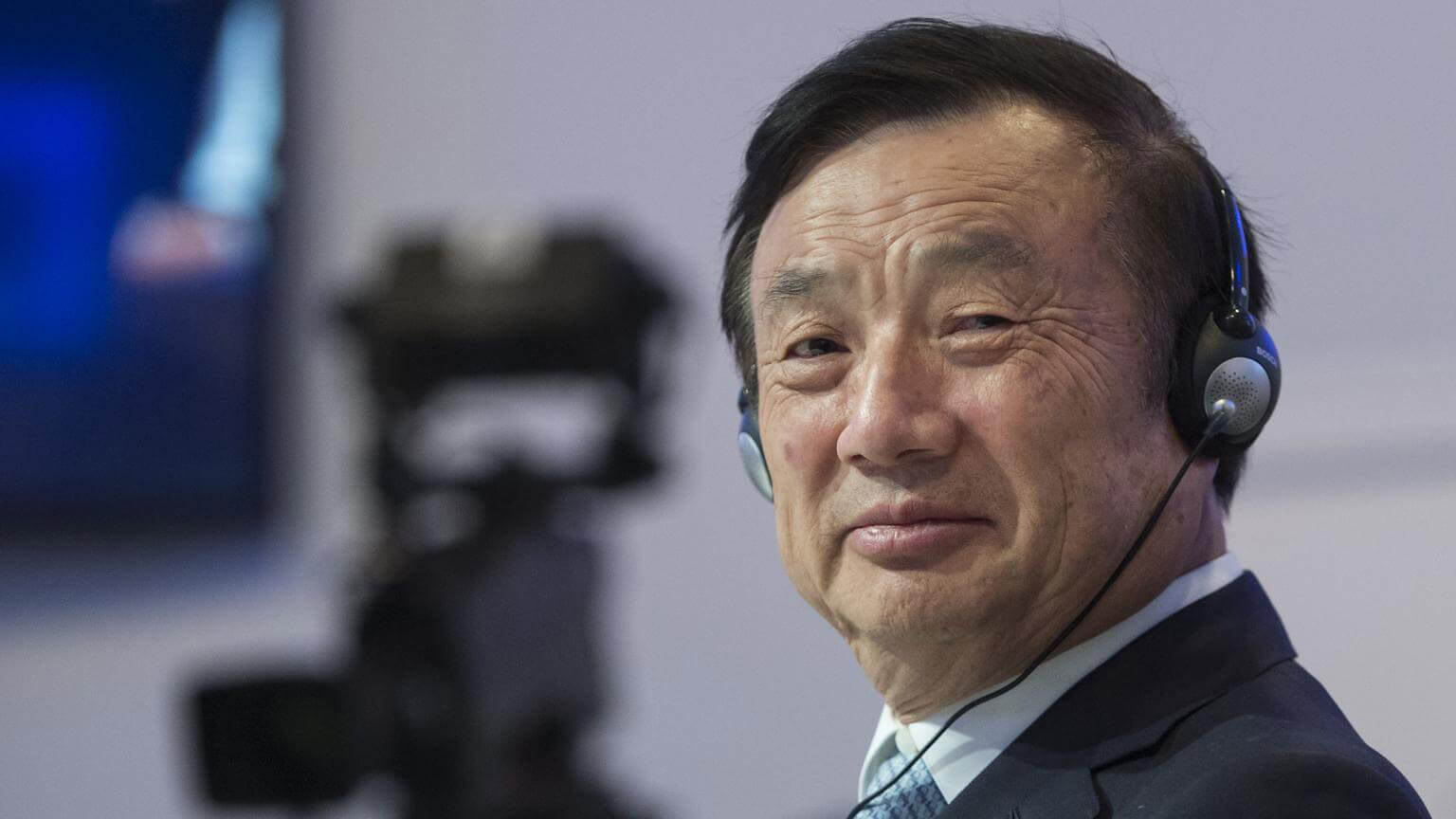
In defense of HUAWEI
Currently, the case against HUAWEI isn’t actually totally clear. It is accused of a bunch of misconduct, but there is also no proof (at least, nothing public). Also, there are multiple occasions where HUAWEI encouraged the U.S. to share whatever evidence it has. The company has worked extensively with the Chinese government, but there isn’t concrete evidence showing it is a part of the Chinese government.
The warnings and allegations stretch back over a decade, but no proof ever seems to surface. Even the Vodafone and BT Mobile backdoors could be common security flaws; we simply don’t know. Most large, long-running companies have skeletons in the closet, and HUAWEI may be no different. In addition, many countries will still work with the company without issue.
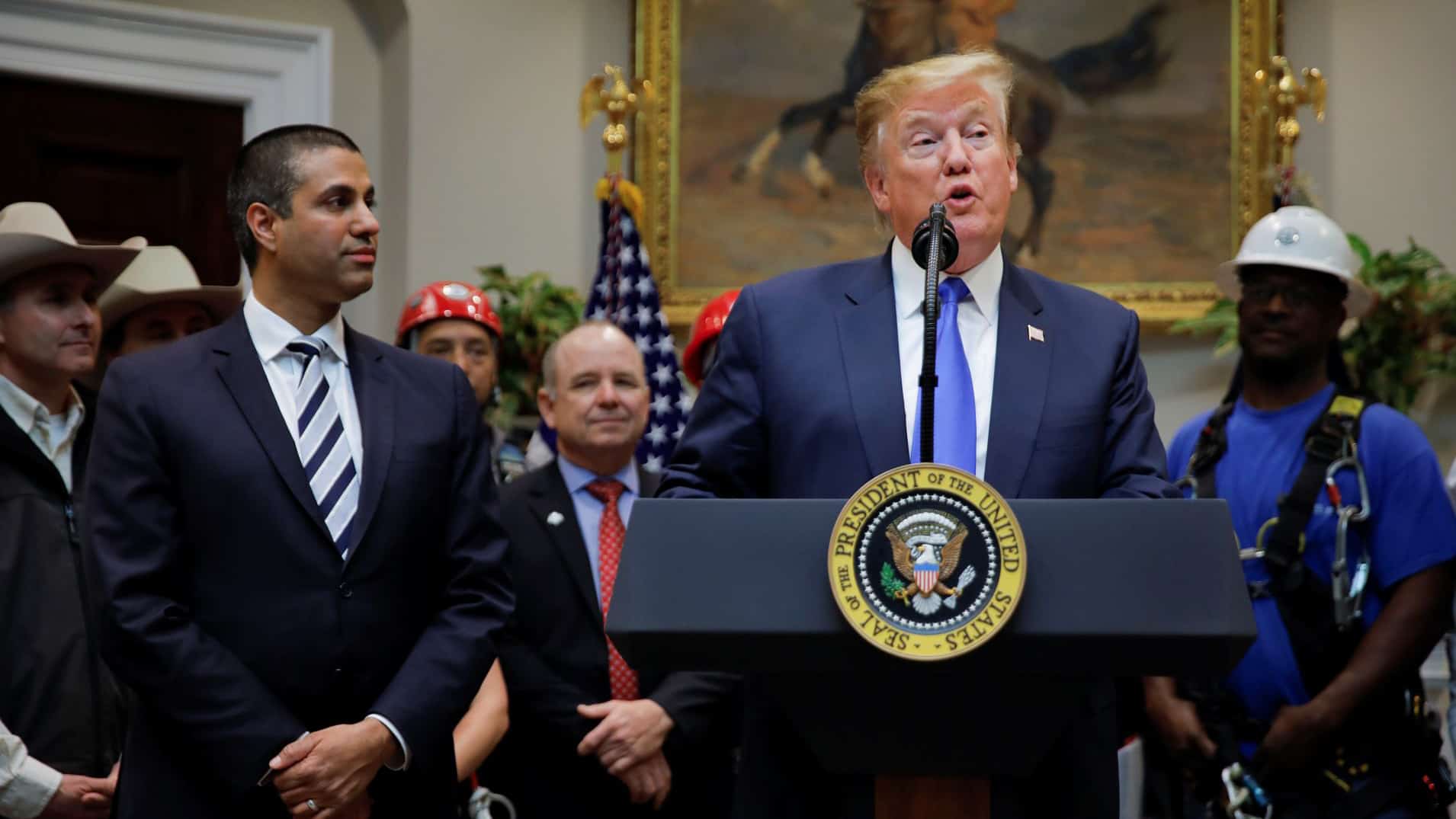
In defense of the U.S.
The U.S. has been investigating the Chinese tech giant for seven years officially, and probably longer unofficially. Three U.S. presidents blocked, banned, or investigated HUAWEI to some extent, including two Republicans and one Democrat. The U.S. also claims to have proof of its allegations and may yet reveal at least some of that proof during the court cases of Meng Wanzhou or HUAWEI.
In addition, China’s newer domestic policies, such as the National Security Act, can make it difficult to tell if Chinese companies work with the government, for the government, or are a part of the government. HUAWEI’s long history of IP theft allegations, specifically the cases involving Cisco and T-Mobile, show that the company is willing to aggressively push the boundaries and sometimes it goes too far.
There is a lot of information regarding HUAWEI, the U.S., and China, and it is tough to take it all in. There’s a history of allegations and denials neither party seems to want to prove with evidence. It is impossible to choose a side until one of them eventually does, and that may come sooner rather than later with two huge court cases on the horizon. Also, listen to our podcast on the topic, linked just above!